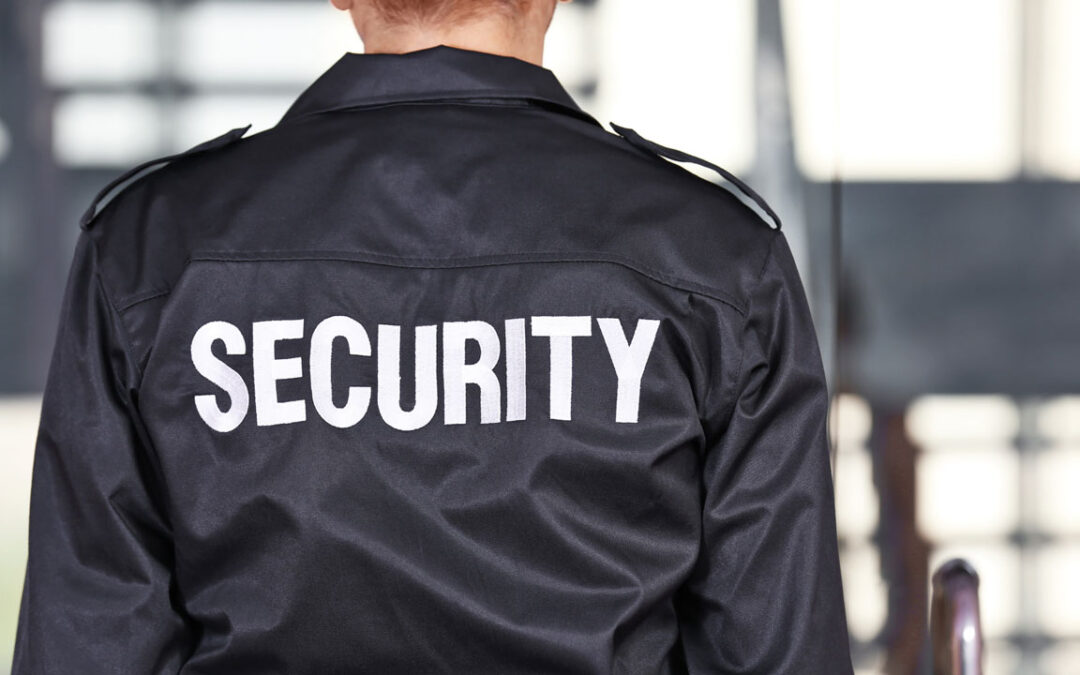Late in 2022, Paul Pelosi was attacked by a home intruder. This was a massive shock to everyone, from the press and public to those working directly in the security and protection industry. How exactly was it possible that someone could trespass onto one of Nancy Pelosi’s properties without being detected or immediately apprehended?
The US Capitol Police would have conducted a risk vulnerability assessment of this property. This means that the property should have a high level of security and surveillance. For instance, in the assessment, the team will decide on the alarm system for the house, where to place security cameras, how the family would be internally notified of an intruder, how the Police would be notified, any armed security response, and whether to set up a safe room with a bulletproof door in case of home invasion. However, they are unlikely to provide 24/7 high-level armed security when Nancy is not there.
Violent Attack on Paul Pelosi
The Capital Police should have interacted with the San Francisco Police Department, especially to have a priority response to the location. This would have enabled better coordination with collaborative security efforts. In California, the governor’s mansion is in Sacramento, and everyone knows the street address. If a call came into the police department for this address, the response would be swift and immediate.
If something were to happen to the President and Vice President of the United States, then Nancy Pelosi, as Speaker of the House at the time, would be the next person to step up and act as President. Therefore, protection over her and her properties is vital to the Capitol Police and local law enforcement.
Unfortunately, in this instance, when the call to the Police was made, the response was a total failure. The dispatcher was not familiar with Nancy Pelosi or her home address. It’s clear from the call that it seems Paul Pelosi was speaking in a code while dealing with the intruder in his home.
He was trying to let the Police know someone he did not know was in the house while also communicating about the Capitol Police and Nancy Pelosi. Clearly, he was hoping to tip off the Capitol Police, but the dispatch person did not pick up these hints and attempts. This should be part of the training for all dispatchers who may be exposed to calls from high-level government individuals. The high-level individuals and their addresses should be put into the system so that when somebody calls, it is evident that the response needs to be immediate with highest priority.
The 3 Rings of Protection
When protection professionals look at a house or estate, they build three rings of protection around it. The outer ring, for instance, would be that priority response set up in collaboration with the local police department and dispatch center, as well as sensors, CCTV, and alarm systems that would be triggered once an intruder enters the property. This failed.
Additionally, there needed to be a more robust alarm system that could have been set on a timer. For example, if Paul Pelosi forgot to turn on the alarm system, it should have switched on automatically, and this could have been set up following the risk assessment. Furthermore, the Capitol Command Center should monitor the high-level people in Washington, DC, to ensure their properties are monitored 24/7 remotely. Even if they were not focused on this property at any given moment, if an intruder came into the property, the cameras or alarm system would have been triggered, and the command center would have been notified and instantly become alert to the situation.
This would allow for a dual approach with the local police department and the Capitol Police both aware of the situation and ready to respond immediately to the dangerous situation.
Clearly, the intruder easily breached the outer ring of protection: there was no alarm activated, and the dispatch was unaware of the property’s owner and the seriousness of the situation. There was also no Armed private security response, meaning an armed patrol officer could respond immediately to that location.
In addition, if you look at the video footage, the intruder appeared to be on the side of the property where there was some outdoor furniture for some time. He seemed to be sitting there for a while, and he was on camera–this means that the camera should have had an alert system so that someone in the command center and Paul Pelosi would see unusual activity on the cameras and become attentive to the situation. At some point, you can see him with the giant hammer breaking the window to gain access to the house.
Failure in Security
When the World Protection Group sets up security for a property, windows are a part of the alarm system; therefore, breaking the glass would have triggered off the alarm. This breach could have gone directly to the San Francisco Police Department or an alarm monitoring company, and an armed security person would have been dispatched to the location. Paul Pelosi would have also been notified so he could safely go into the safe room and be protected until the Police and an Armed Security Guard could arrive.
The rings of protection were breached with such ease in this case, which offered the intruder access to the house and the opportunity to attack Paul Pelosi. Unfortunately, Pelosi was not alerted to any alarm and did not get into a safe room in time. When he called the Police, and they responded, Pelosi also seemed to have an odd reaction and did not immediately remove himself from the intruder and run directly toward the Police.
Overall, there was an overwhelming failure in security at every ring of protection. The risk vulnerability assessment should have ensured that security was much tighter at the Pelosi residence, and the Capitol Police should have been monitoring or setting up a more comprehensive system to prevent this kind of intrusion or any future attack to ever take place.








